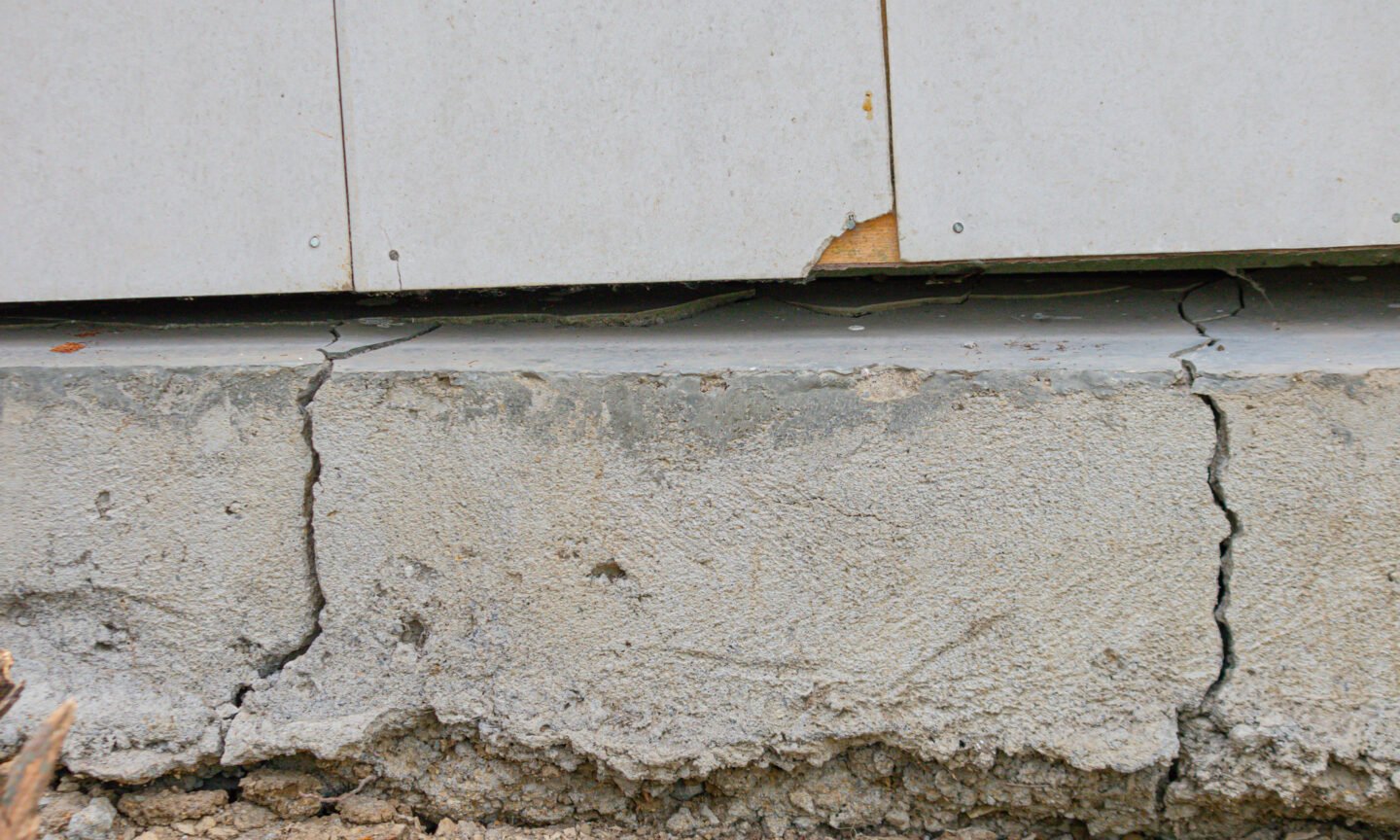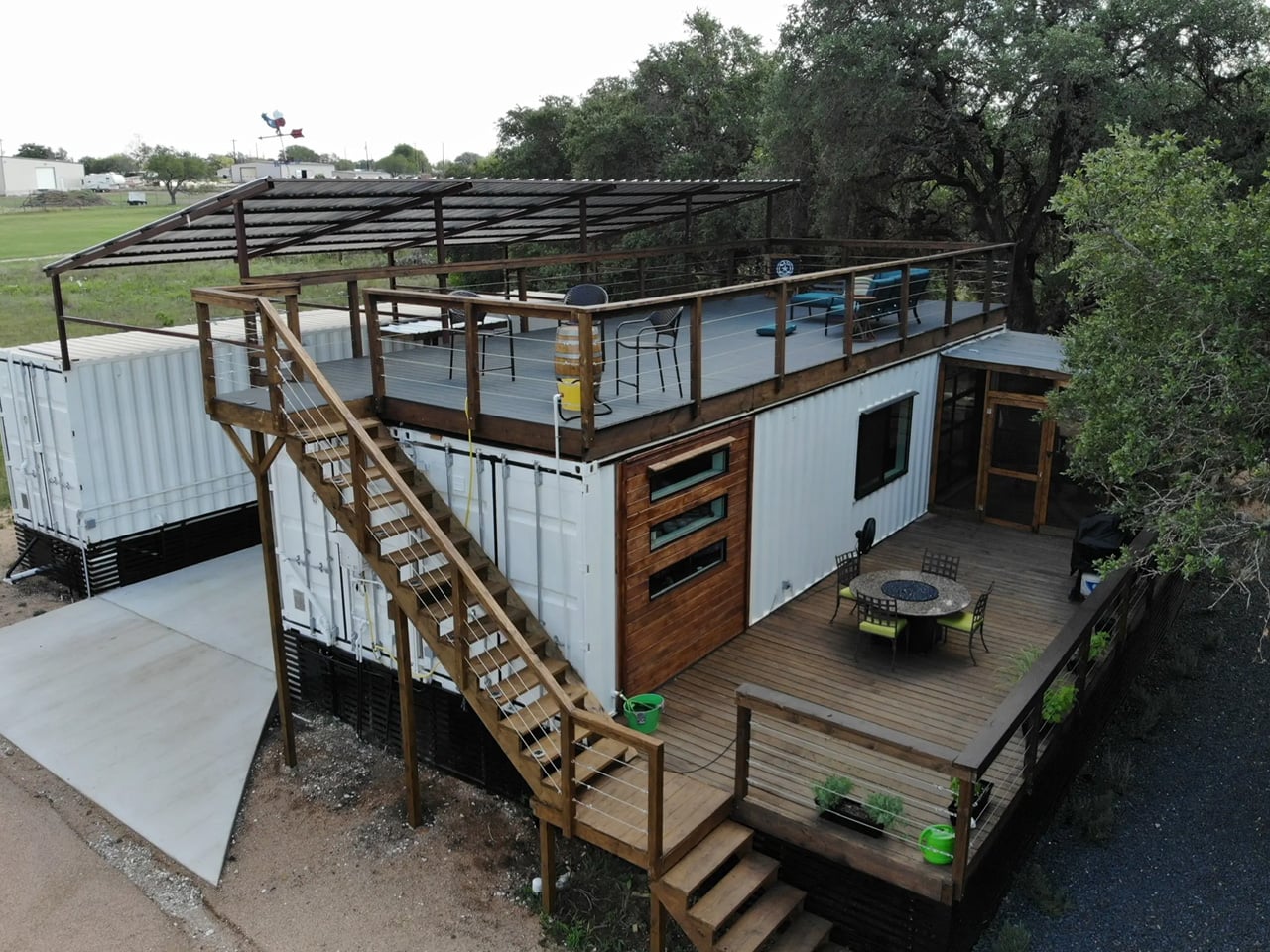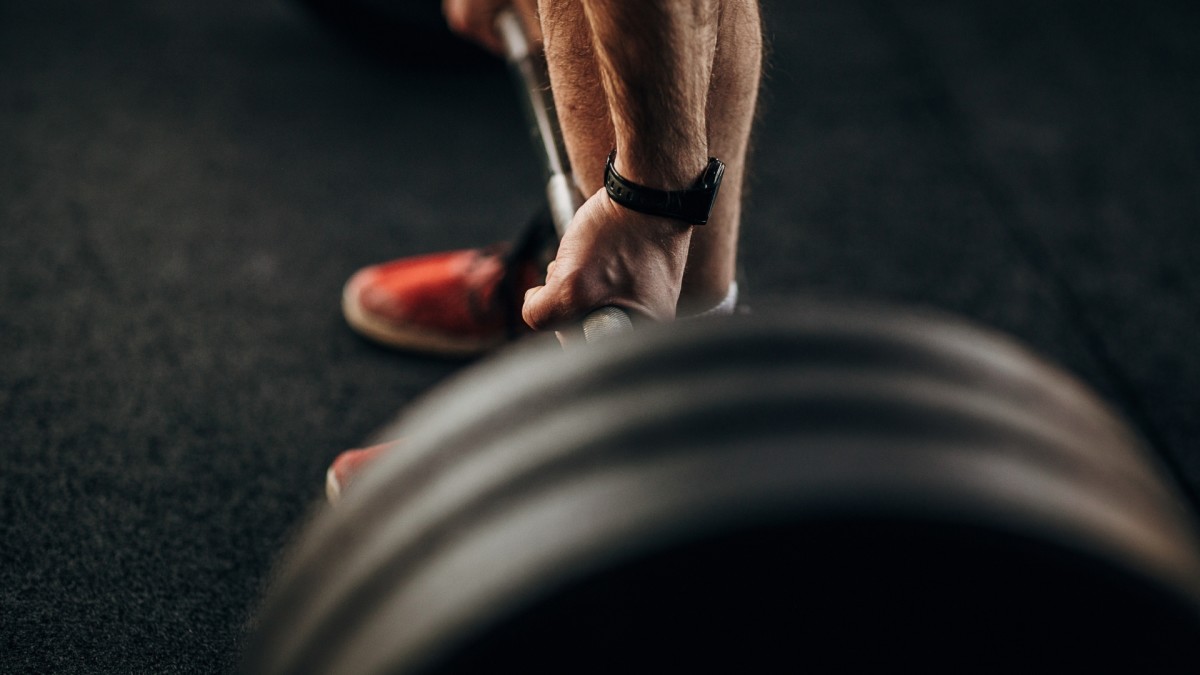The Fool-Proof Strength Training Method Novice Lifters Swear By for Faster Gains
This no-fluff program is built on hard work, heavy lifts, and relentless progress.

Forget TikTok trends, quick fix supplements, and influencers selling you circus tricks. If you’re a beginner who wants to get seriously strong, there’s one program that cuts through the noise like a loaded barbell hitting the floor: Mark Rippetoe’s Starting Strength. For newbies looking to build power and strength (and see massive gains as a byproduct), there's no better program.
Developed by the trailblazing strength coach who’s as unfiltered as he is effective, Starting Strength is simple, unapologetic, and laser-focused on one goal—getting you strong, fast. No gimmicks, no fluff. Just the big lifts, linear progression, and a proven method that’s turned thousands of gym rookies into barbell believers.
"We're interested primarily in strengthening normal human movement patterns," Rippetoe says. "We don't do leg extensions, leg curls, or barbell curls. We don't do anything that isolates a muscle group from its normal musculoskeletal function. We use normal human movement patterns that are loaded with a barbell in order to strengthen those movement patterns."
What is Starting Strength?
Starting Strength focuses on building strength through compound exercises like the squat, deadlift, bench press, overhead press, and power clean. These lifts are performed three times a week, with the goal of adding a little more weight to the bar each session. That steady, workout-to-workout increase is called linear progression, and it’s the foundation of the program.
"It's very simple...we don't need 30 different exercises because there are not 30 different normal human movement patterns," Rippetoe says. "That's the basis of the program. It's strength training."
Progression in Starting Strength
So what does linear progression look like? Simply put, you add a small amount of weight to each lift in every session. For most lifts—such as the squat, bench press, and overhead press—lifters usually add five pounds each workout. When that gets too tough (something Rippetoe says usually happens a lot later than people think), adjustments are made.
"The basis of Starting Strength is normal human movement patterns performed correctly and incrementally increased in load," Rippetoe emphasizes. "The increments vary with the trainee. You can go up five pounds a workout on the squat. Your grandmother may only go up two pounds a workout on the squat, but she can squat something. We figure out what she can squat, and then we make her go up a little bit the next time she trains. That's all there is to it."
Related: The Simple Grip Trick That Instantly Improves Your Deadlift
Forget Plateaus: How Starting Strength Keeps You Progressing
A common myth in strength training is that you'll hit a plateau just a few months into lifting. According to Rippetoe, what looks like “stalling” is usually just bad programming, lousy recovery, poor nutrition, or a weak mindset.
"You never take a 10-pound jump because you can't sustain that," he explains. "We're more interested in sustaining five-pound jumps for seven or eight months than we are getting to that same number in three months, because now you're stuck. You plateau much sooner that way."
While every person is different, most lifters can run this program for months without adjustments. As long as you're able to add small increments (typically five pounds) each session, you can stick with it. However, once linear progression is no longer possible—even after resetting weights or adjusting rest and food—you transition into more advanced programming like the Texas Method.
"At the end of the novice linear progression, your programming becomes more complicated," Rippetoe says. "Instead of going up in weight every workout, you go up in weight every week. That process will continue for another 9 months or a year. Then, when you reach that point, your strength will increase five pounds every month. At some point, it stops going up, but 99.9% of people never get to that point. For 99.9% of people, this simple incremental approach to an increase in force production in normal human movement patterns is sufficient for everything they will ever do."
Strength Gains Start with Proper Recovery
The program is only half the battle—without proper recovery, you’re wasting your time. Lifting three days a week gives your body some rest, but if you’re not sleeping right or eating enough, you’re never going to see real gains.
The diet part is completely dependent on your current body composition, Rippetoe says. If you're a 5'10" 32-year-old guy who weighs 325 pounds and is untrained, the diet that you follow is going to be different than the guy who is 5'10 and 185.
"Remember there's only one mechanism by which a muscle gets stronger, and that's to increase its cross-sectional area," he adds. "Everything grows, but it has to receive enough protein and enough calories in order to do that, because muscle growth is a metabolically expensive process."
Related: The One Move That Serious Lifters Swear By for Bigger Shoulders and Advanced Pressing Power











































































